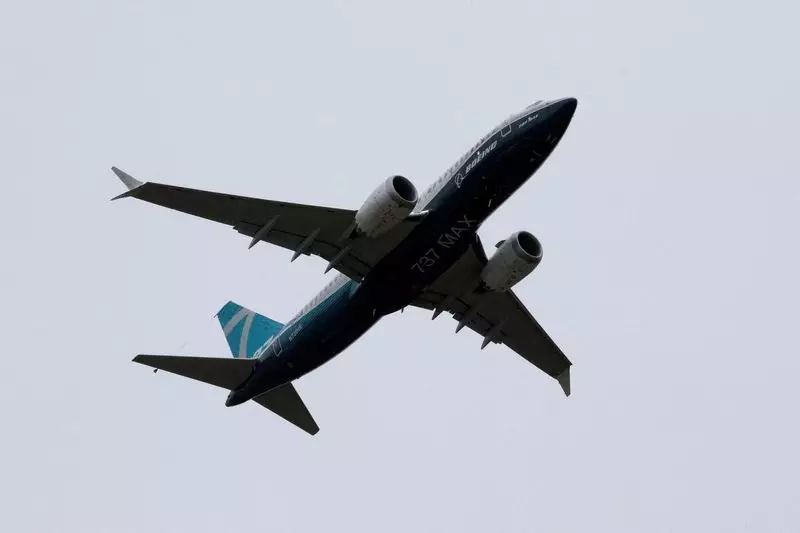The Federal Aviation Administration (FAA) has announced a forthcoming review to address safety issues regarding the CFM LEAP-1B engines used in Boeing 737 MAX aircraft. This decision comes on the heels of alarming incidents involving Southwest Airlines flights where birds struck the engines, leading to smoke in the cockpit. Such occurrences raise significant concerns about the reliability of these engines, which have been designed to meet rigorous safety standards but now find themselves under scrutiny.
With the FAA collaborating closely with Boeing, CFM International, and the European Union Aviation Safety Agency (EASA), it is clear that there is a pressing need to investigate these incidents comprehensively. Both Boeing and safety regulators must prioritize questions of how best to enhance operational safety in light of these rare but troubling events. The possibility of temporary procedural changes for pilots during takeoff is on the table until a more permanent solution is defined, which reflects the FAA’s commitment to safety amid ongoing regulatory evaluations.
Implications for Future Certifications
One significant consequence of these events is the potential delays in the certification of the new MAX 7 and MAX 10 models. These aircraft are critical to Boeing’s portfolio, and any setback in their certification could bear serious financial implications for the company. As the FAA proceeds with its review, there are concerns that the timeline for introducing these new models will be extended, complicating Boeing’s ability to compete in a rapidly evolving aviation market.
Moreover, the fact that the environments causing smoke in the cockpit were attributed to bird strikes that surpassed standard regulatory conditions calls into question the robustness of the testing and certification processes currently in place. Even though the LEAP engine has been commended for its performance under various scenarios, including in-flight incidents, the reality is that every anomaly must be meticulously examined to uphold the highest safety standards.
Industry Reactions and Next Steps
In response to these incidents, Southwest Airlines proactively informed its flight crews regarding the need for vigilant adherence to established safety protocols. The airline highlighted its commitment to collaborating with both manufacturers and regulatory bodies to uncover a lasting resolution to these daunting engine performance issues. The notion that such significant industry players are rallying together to ensure safety is encouraging, as it suggests a collective responsibility for passenger safety and operational integrity.
Boeing’s issuance of safety bulletins underscores the gravity of the situation. By detailing the possible effects of severe engine damage on flight operations, the company is preemptively focusing on the risks associated with the LEAP-1B engines. It is crucial that both Boeing and CFM reassess their design and testing protocols not only to emerge from this crisis but to rebuild trust among airlines, regulators, and passengers alike.
As investigations commence, the industry looks toward the FAA’s review board for insights and recommendations. The need to strike a balance between operational efficiency and passenger safety has never been more pressing. The ultimate goal should be to transform these incidents into learning opportunities, ensuring that all stakeholders are equipped to respond effectively to unscheduled challenges while reinforcing a robust safety culture throughout the aviation industry.

